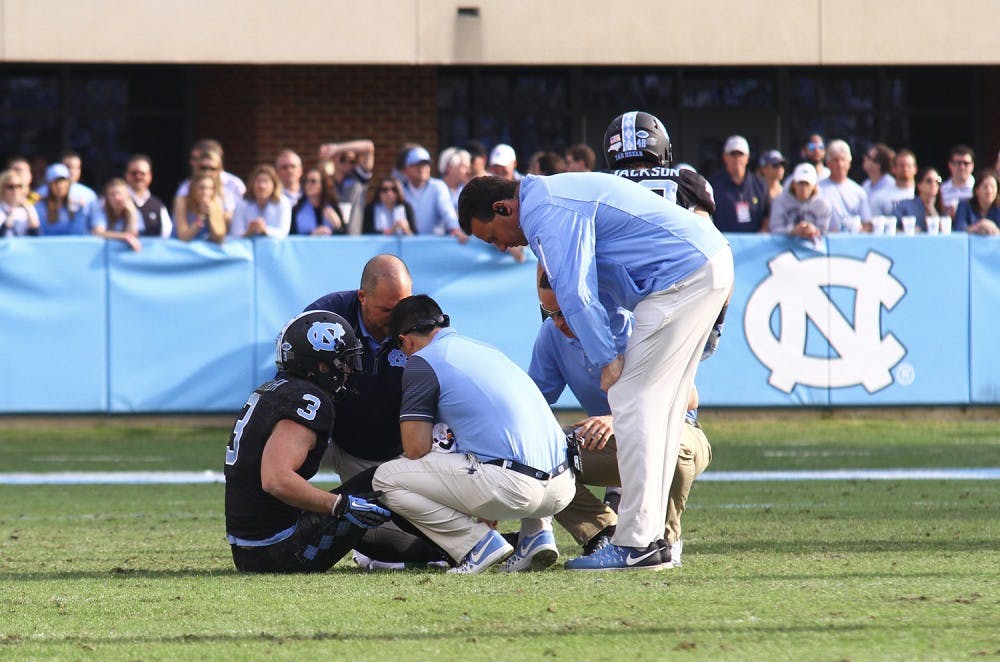This is our 11th installment of Film Review, our weekly series where we break down a particular aspect of the weekend's action to help you better understand what's happening on the field. Here's where to find our previous pieces.
The regular season has ended for the 2016 North Carolina football team. UNC finished with a record of 8-4, including impressive triumphs over Pittsburgh and Florida State and bad losses against Duke and N.C. State to end the season.
Eight wins feels like a letdown, even if it's enough to earn a quality bowl bid. Part of the reason why was because of how much positive momentum the Tar Heel football program had after earning 11 wins and an ACC Coastal Division championship last season. Most of the offense and defense returned from that 2015 team, and the expectation was to win double-digit games and contend for a Coastal title again.
North Carolina didn’t, and this week we'll take an analytical look at half of the reason why. The Tar Heels’ offense, despite returning a host of offensive linemen and skill position players from 2015, regressed.
Last season, North Carolina averaged 40.7 points per game. This year, UNC scored almost a touchdown less with 33.1 points per contest.
It’s hard to pinpoint exactly one reason why. The Tar Heels got a little bit worse in a lot of areas, and when the tiny regressions were put all together, it led to seven less points per game.
We’ll start the discussion by looking at North Carolina’s change at quarterback. Mitch Trubisky, a consensus first-round pick if he declares for the 2016 NFL Draft, replaced Marquise Williams under center this season. Trubisky is the better passer and clearly the better pro prospect; his clutch plays late won the Pittsburgh and Florida State games for UNC.
In 2016, Trubisky threw for 289 yards per game and 28 touchdowns, completing 68.9 percent of his passes. Williams threw for 219.4 yards per game and 24 touchdown passes in two more games than Trubisky, completing just 61.3 percent of his throws.



